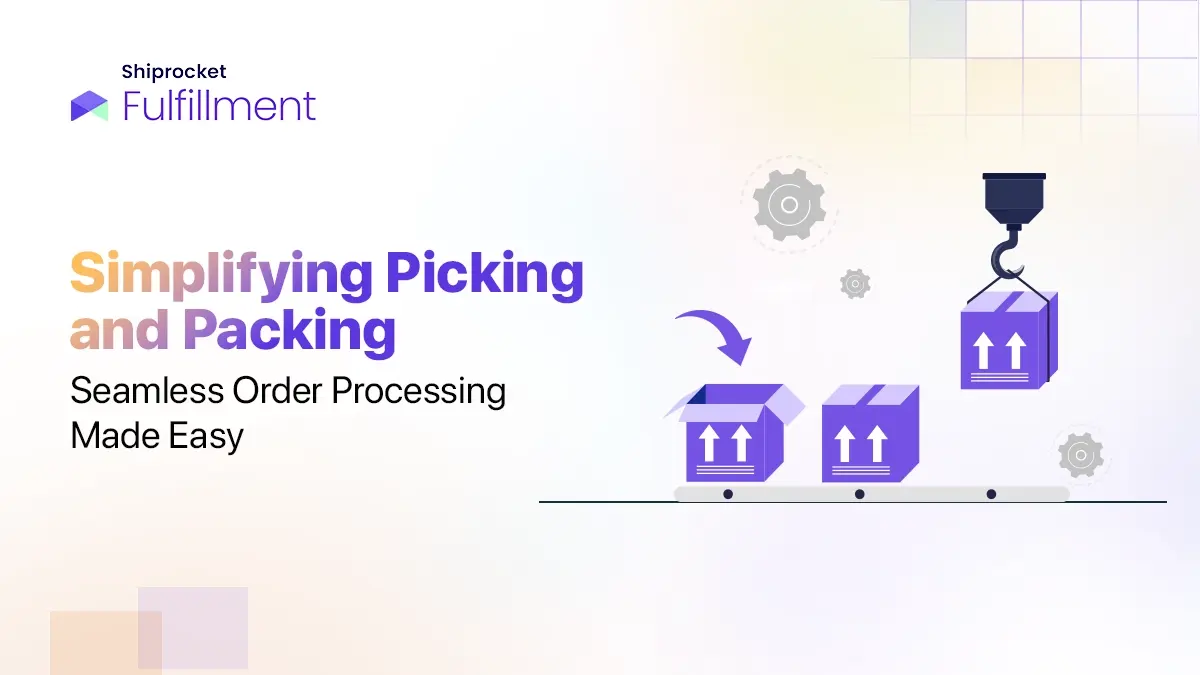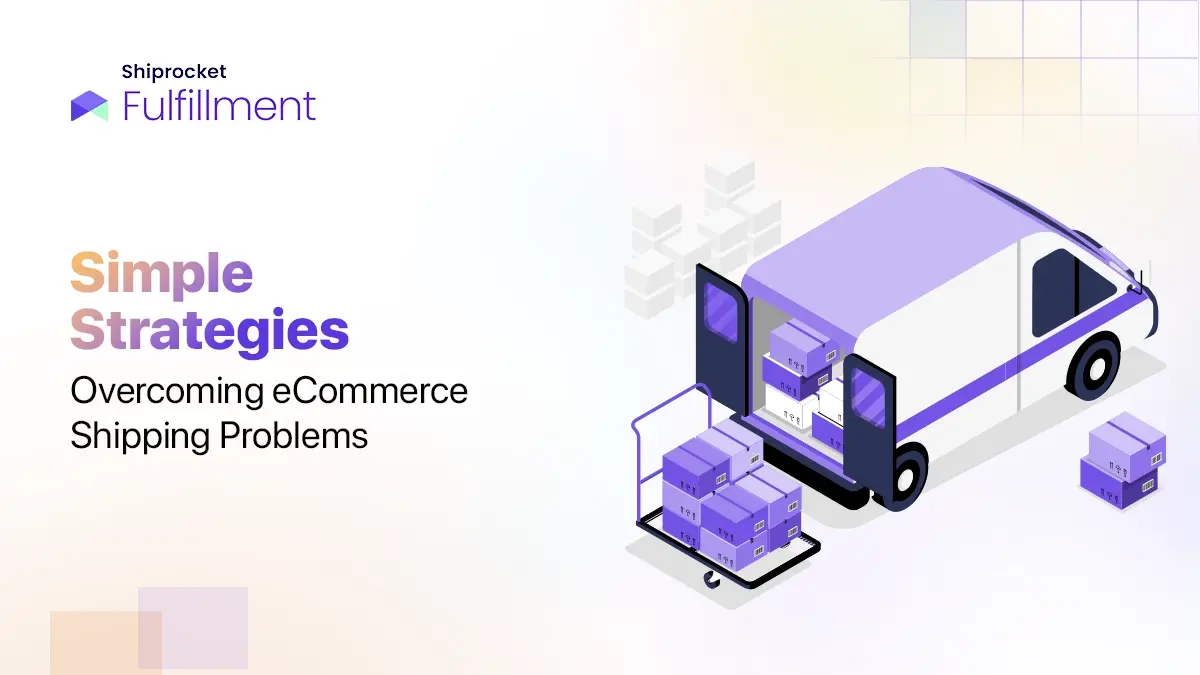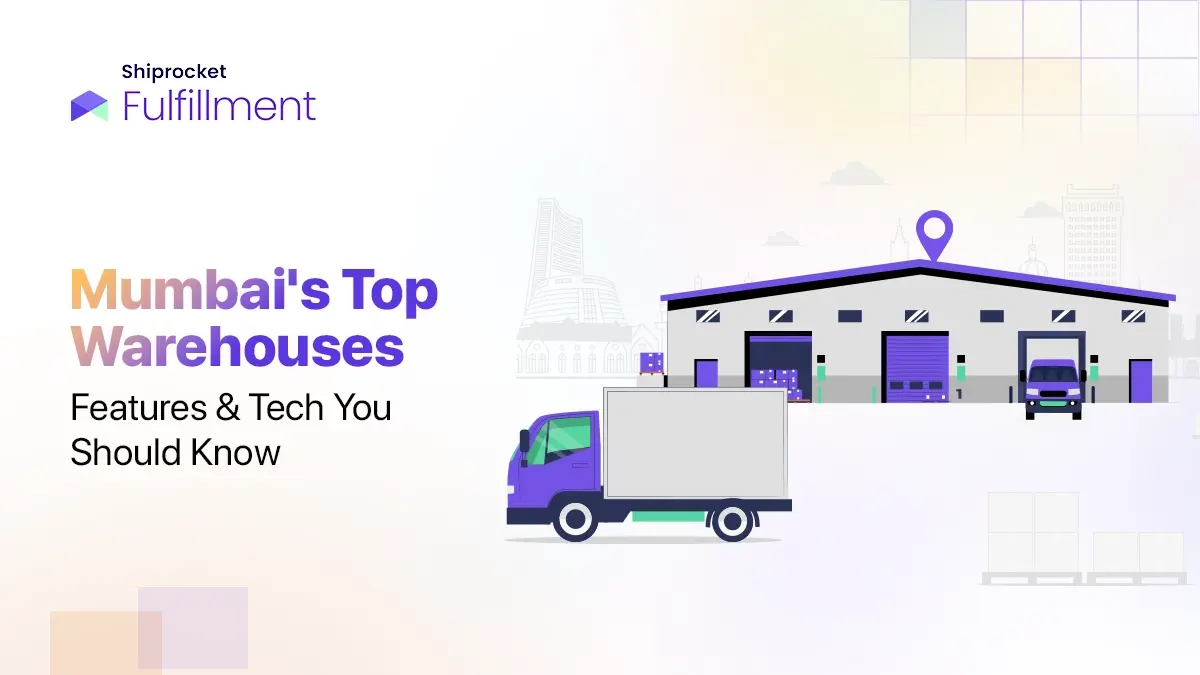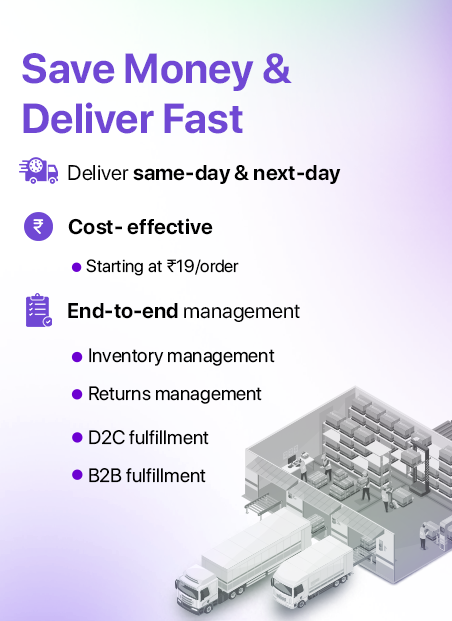As an eCommerce business owner, you know that managing the supply chain is vital for your success. However, have you ever thought about the other end of the supply chain – the reverse supply chain? It’s the process of managing returns, repairs, warranties, and recycling. Understanding the reverse supply chain is essential for reducing costs, minimising waste, and improving customer satisfaction. In this blog, we’ll explore what a reverse supply chain is, the benefits of having a strong system, and how to drive customer engagement in the process.
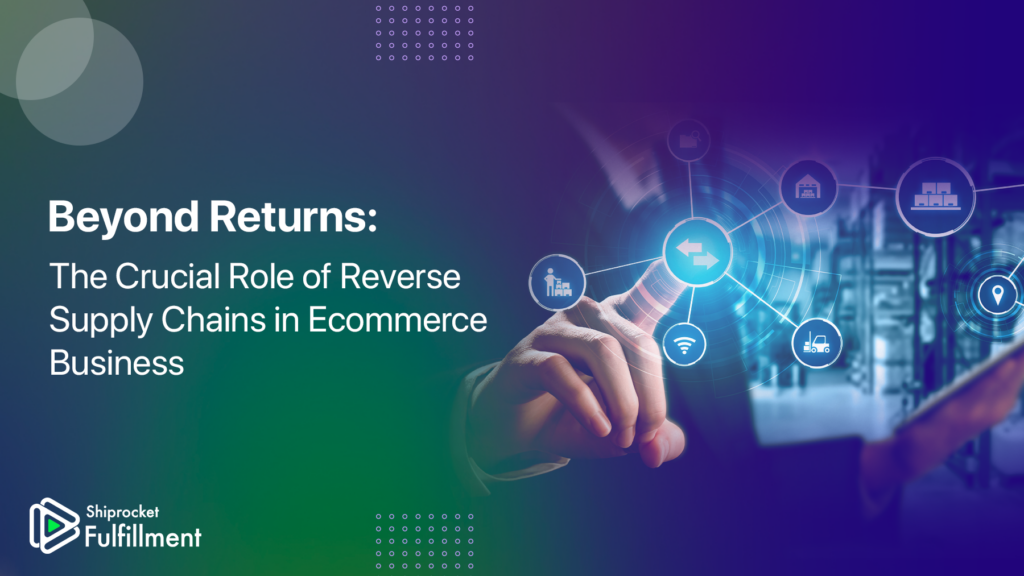
What is a Reverse Supply Chain
A reverse supply chain is a process that deals with managing products that have been returned or recycled. It is also known as a reverse logistics process because it involves the flow of goods from the customer back to the manufacturer or retailer.
In this process, the products go through various stages of evaluation and sorting before they are either repaired, resold, or disposed of. The reverse supply chain is essential for companies dealing with products with high return rates or prone to damage during transportation.
The reverse supply chain process starts with the customer returning the product to the retailer. After the retailer receives the product, it goes through a process of inspection to determine whether it is still in good condition and can be resold or repaired.
If the product is in good condition, it can be resold to another customer, or if it cannot be resold, it is sent back to the manufacturer for further evaluation. The manufacturer then decides whether to repair, recycle, or dispose of the product.
If the product is beyond repair, it is then sent to a recycling centre, where it is broken down into its components, and the raw materials are extracted for reuse. Recycling is an essential part of the reverse supply chain because it helps to reduce waste and conserve resources.
The reverse supply chain is critical for companies to maintain customer satisfaction, reduce costs, and increase efficiency. By managing returns effectively, companies can reduce the number of products that go to waste and improve their bottom line.
Benefits of a Strong Reverse Supply Chain System
If you’re looking to improve your business operations, it’s essential to have a strong reverse supply chain system in place. A robust reverse supply chain system has several benefits that can help improve your business operations and enhance customer satisfaction. Here are some of the ways it can help you:
- Improved customer experience and relations: One of the most significant benefits of a strong reverse supply chain system is that it can improve customer experience and better customer relations. By efficiently managing returns, you can ensure that customers receive timely and accurate responses to their requests, leading to increased customer satisfaction and loyalty. It can help retain and attract new customers, increasing revenue and profitability.
- Increased product life cycle: Another benefit of a strong reverse supply chain system is that it can increase the product life cycle of your products. By effectively managing returns, you can identify defects and issues that may not have been apparent during the initial quality control process. It can help you improve the quality of your products and extend their useful life, leading to increased customer satisfaction and higher sales.
- Minimised business risks: A strong reverse supply chain system can also help minimise business risks. By quickly identifying and addressing product defects or issues, you can reduce the risk of product recalls and potential liability claims. It can help protect your brand reputation and minimise financial losses, increasing profitability and sustainability.
- Increased market penetration: Improving your reverse supply chain system can also help increase market penetration by providing a competitive advantage. By offering a hassle-free and efficient returns process, you can differentiate your business from competitors and attract new customers. It can help you expand your customer base and increase your market share, leading to increased revenue and profitability.
- Lower costs and higher profits: A strong reverse supply chain system can also lower costs and increase profits by reducing the costs associated with returns management. By efficiently managing returns, you can reduce returned products’ processing, transportation, and disposal costs. It can help you optimise your supply chain and increase your profit margins.
- Improves sustainability: Improving your reverse supply chain system can also help improve sustainability. By effectively managing returns, you can reduce waste and minimise environmental impact. It can help you establish a reputation for sustainability and attract environmentally conscious customers, leading to increased revenue and profitability.
- Increased supply chain visibility: Improving your reverse supply chain system can help increase supply chain visibility. You can gain valuable insights into customer behaviour and preferences by tracking returns and identifying patterns and trends. It can help you optimise inventory management and improve product offerings, increasing customer satisfaction and profitability.
Driving Customer Engagement in the Reverse Supply Chain
When it comes to the reverse supply chain, customer engagement can be a tricky thing to navigate. After all, the reverse supply chain is all about taking products back from customers, which can be a frustrating process for them. However, engaging with your customers during this process is crucial to building a strong relationship and ensuring they remain loyal to your brand. Let’s explore some tips for driving customer engagement in the reverse supply chain.
- Communicate clearly and frequently with your customers:
One of the most important things you can do to keep your customers engaged in the reverse supply chain is to communicate clearly and frequently. It means providing them with clear instructions on how to return their products and keeping them informed throughout the process. Make sure your customers know what to expect, and keep them updated on the status of their return.
- Make it easy for your customers to return products:
Another way to engage with your customers in the reverse supply chain is to make it easy for them to return products. It means offering multiple return options, such as in-store returns or free shipping, and providing clear instructions on how to do so. You might also consider offering incentives, such as discounts on future purchases, to encourage customers to return their products.
- Offer personalised customer service:
Personalised customer service is another way to engage with customers in the reverse supply chain. Make sure your customer service representatives are knowledgeable about your products and the return process, and be sure to address any concerns or questions your customers may have. You might also consider offering personalised recommendations or solutions based on their specific needs.
- Use social media to engage with customers:
Social media can be a powerful tool for engaging customers in the reverse supply chain. Use social media platforms like Instagram and Facebook to keep your customers informed about the return process and address any concerns or questions. You might also consider using social media to solicit feedback from your customers about their return experience and to share success stories or testimonials from satisfied customers.
- Provide value-added services:
Finally, consider providing value-added services to your customers in the reverse supply chain. This might include things like repair services, refurbishment, or recycling programmes. By offering these services, you can show your customers that you are committed to sustainability and responsible business practices, which can help build loyalty and engagement over time.
Conclusion
In conclusion, the reverse supply chain is integral to any eCommerce business. By understanding the process of managing returns, repairs, warranties, and recycling, you can reduce costs, minimise waste, and improve customer satisfaction. A strong reverse supply chain system can help you achieve these goals and provide a better experience for your customers. Engaging with your customers and implementing best practices can positively impact your business’s bottom line and the environment. So, pay attention to the reverse supply chain, and you’ll be on your way to eCommerce success.
Frequently Asked Questions(FAQs)
The 5 R’s of reverse logistics include returns, reselling, repairs, replacements, and recycling. Effectively addressing each of these aspects can lead to improved business outcomes.
Reverse logistics involves the process of reclaiming goods for various reasons, while green logistics focuses on implementing eco-friendly practices within the logistics chain.
The downsides of a reverse supply chain encompass high costs associated with reverse logistics, challenges in comprehending return reasons, limited visibility into received products, and insufficient labour resources to handle returns.

